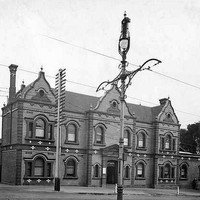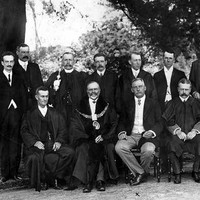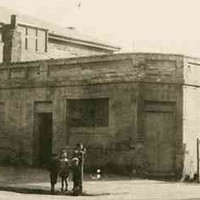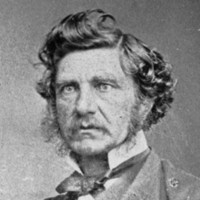Adelaidia
From Many Places
[facetapi_results:result-count] items
The Migration Museum works towards the preservation, understanding and enjoyment of South Australia’s diverse cultures. It is a place to discover the many identities of the people of South Australia through the stories of individuals and communities.
In 1992 the Migration Museum published From Many Places. It has since undergone revision. The listings here have been compiled from ABS statistics, local community organisations and relevant historical sources. It is an evolving and ongoing project.
















